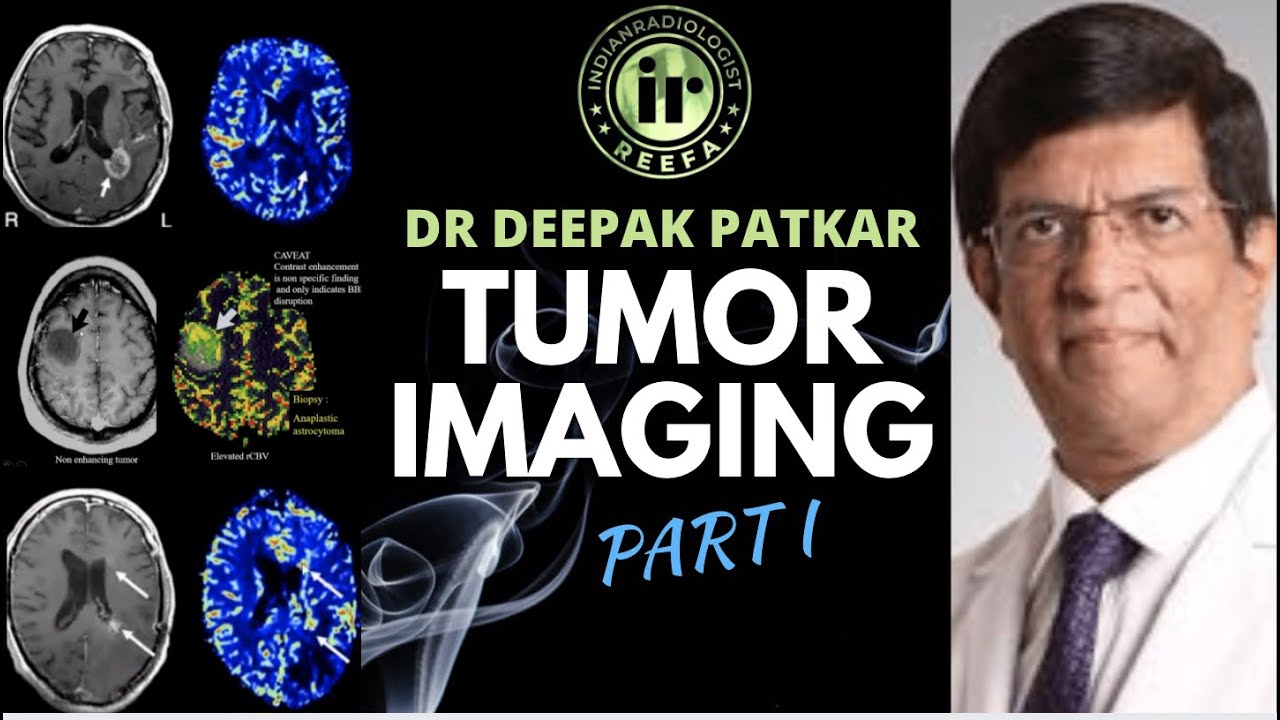Cephalometric and Skull Imaging - Part 1
Summary
TLDRThis video delves into the essential aspects of dental imaging in orthodontics, emphasizing the importance of selecting the right techniques based on patient needs. It explores various imaging methods, including cephalometric, panoramic, and extraoral X-rays, while explaining how proper positioning and alignment are key to obtaining accurate diagnostic results. The video also covers common issues like superposition and overlap in images and the use of specific tools, such as the Frankfurt line, to enhance clarity. Through understanding these concepts, professionals can better interpret images and plan effective orthodontic treatments.
Takeaways
- 😀 Extraoral images like cephalometric X-rays are commonly used in orthodontics and dental assessments.
- 😀 The choice of image depends on the specific clinical issue being addressed, such as dental growth or alignment.
- 😀 Cephalometric X-rays help assess both skeletal and soft tissue features of a patient, which is crucial for treatment planning.
- 😀 For accurate image interpretation, it's important to correctly identify the right and left sides of the image and ensure proper orientation using markers.
- 😀 The use of grids in radiography reduces scatter radiation, which helps produce clearer images.
- 😀 Different projection types, such as lateral and coronal projections, are used based on the area and specific diagnostic needs.
- 😀 In some cases, 3D imaging (like CBCT) is preferred, but 2D images can still provide valuable diagnostic information.
- 😀 Proper positioning of the patient during radiographic imaging is critical to avoid overlapping or superimposition of anatomical structures in the image.
- 😀 Radiographic films have evolved to reduce the amount of radiation exposure to the patient while maintaining image quality.
- 😀 Familiarity with the anatomy, such as the Frankfurt Horizontal Line, helps in accurately positioning the patient for imaging.
Q & A
What is the purpose of using different imaging techniques in orthodontics?
-Different imaging techniques, such as extra-oral and cephalometric X-rays, are used to visualize and diagnose dental and skeletal relationships, aid in treatment planning, and monitor the progress of growth and development in patients.
Why is the positioning of the patient important when capturing X-ray images?
-Proper positioning ensures that the image is accurately aligned with the area of interest, which is crucial for correct diagnosis. Misalignment can lead to overlapping or distortion in the image, affecting the interpretation of the anatomical structures.
What is a cephalometric X-ray, and why is it used in orthodontics?
-A cephalometric X-ray is an imaging technique that captures a profile view of the patient's head, including both hard (bone) and soft tissue. It is used to assess the relationships between teeth, jaw, and facial structures, and is vital for planning orthodontic treatments and tracking growth patterns.
What does the term 'superposition' mean in the context of X-ray imaging?
-Superposition refers to the overlapping of structures in an X-ray image when they are captured from different angles. This can lead to distortion, where objects may appear to be positioned on top of each other, which must be accounted for when analyzing the image.
How does using a grid in X-ray imaging help with image clarity?
-A grid placed between the patient and the receptor absorbs scattered radiation, which reduces image blur and improves the contrast of the image, leading to a clearer representation of the anatomical structures.
What is the significance of using markers like 'R' (right) and 'L' (left) in X-ray films?
-Markers help identify the orientation of the image, ensuring that it is clear which side of the patient is being viewed. This prevents confusion when interpreting the image and helps maintain accurate records.
Why are cephalometric X-rays particularly useful in tracking growth in orthodontics?
-Cephalometric X-rays allow practitioners to track the development of skeletal and dental structures over time. They provide insight into how the jaw and teeth are growing, which is essential for planning interventions such as braces or surgery.
What is the role of the Frankfurt horizontal line in imaging?
-The Frankfurt horizontal line is a reference line used in imaging to ensure consistent positioning of the patient's head. It helps in standardizing the angle of the image to prevent errors in alignment and provide reliable results.
What challenges arise when capturing panoramic X-ray images?
-Panoramic X-rays can suffer from distortion if the patient’s head is not properly positioned. Additionally, overlapping of structures (such as teeth) can occur, which may require adjustments in imaging technique to achieve an accurate representation.
Why is it important to understand the 'right' and 'left' side of an X-ray image?
-Knowing the correct orientation of the X-ray helps in accurately diagnosing and interpreting the anatomical structures. Incorrectly identifying the right or left side could lead to misdiagnosis or improper treatment planning.
Outlines

This section is available to paid users only. Please upgrade to access this part.
Upgrade NowMindmap

This section is available to paid users only. Please upgrade to access this part.
Upgrade NowKeywords

This section is available to paid users only. Please upgrade to access this part.
Upgrade NowHighlights

This section is available to paid users only. Please upgrade to access this part.
Upgrade NowTranscripts

This section is available to paid users only. Please upgrade to access this part.
Upgrade NowBrowse More Related Video

あなたの歯並びはインビザライン矯正で本当に治る?がわかる解説します

Tecniche di registrazione occlusale nella costruzione del bite con Teethan

RADIOGRAFER, TEKNIK PEMERIKSAAN CT SCAN KEPALA TANPA KONTRAS, PROSEDUR REGISTER HINGGA CETAK FILM

Como funciona os aparelhos de raiosX com sistema DR

TUMOR IMAGING UPDATE | DR DEEPAK PATKAR | MR SPECTROSCOPY

DOLOR ANESTESIOLOGIA CONCEPTOS BASICOS
5.0 / 5 (0 votes)